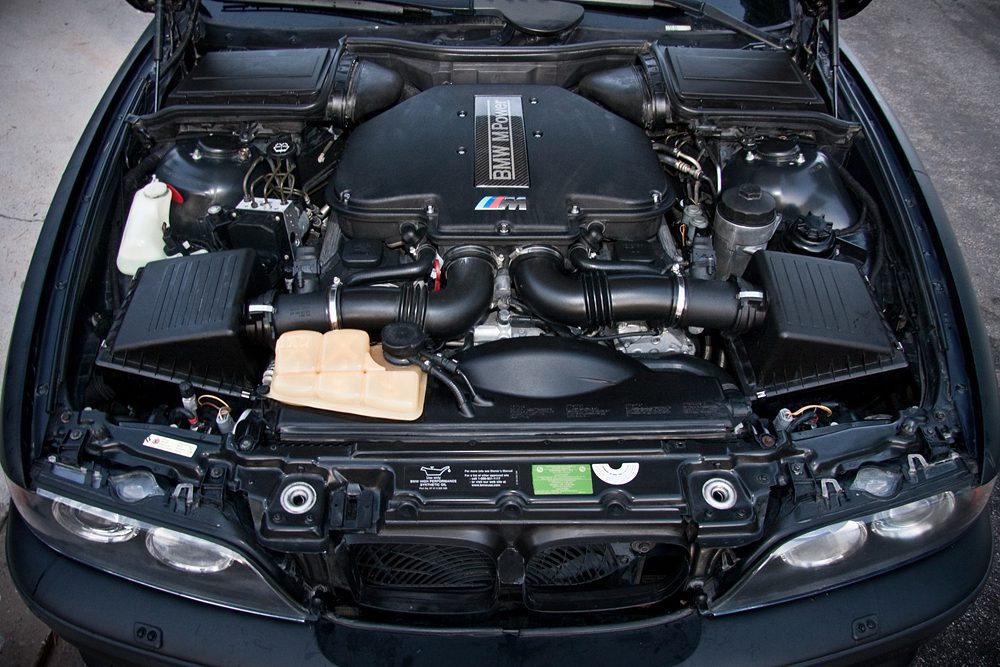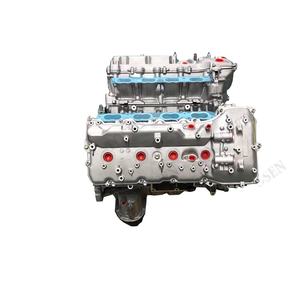Opel Corsa Engine: Efficiency and Dependability for Your Automobile
Opel Corsa Engine: Efficiency and Dependability for Your Automobile
Blog Article
Discovering the Inner Functions of a Compact Vehicle's Engine System
As chauffeurs, we typically take for provided the elaborate procedures that take place within the boundaries of our car's engine system. In this exploration of a compact car's engine system, we will unravel the inner workings of this mechanical harmony, losing light on the mysteries that drive us onward on our everyday trips.
Burning Refine Review
The combustion process in a small automobile's engine system is an essential system that successfully converts fuel right into power to power the lorry. This procedure occurs within the burning chamber of the engine, where fuel and air mix, spark, and generate controlled surges. The combustion procedure is composed of four main stages: intake, compression, power, and exhaust.
During the consumption stage, the piston relocates downward, pulling in a mixture of air and gas into the combustion chamber. The following stage, compression, involves the piston relocating up, compressing the air-fuel mixture to increase its potency. Ultimately, in the power stage, the ignition system stirs up the compressed mixture, resulting in a fast development of gases that forces the piston pull back. This downward movement generates the power needed to drive the vehicle. Ultimately, in the exhaust stage, the scorched gases are gotten rid of from the combustion chamber with the exhaust shutoff, preparing the chamber for the next cycle. This cyclic burning procedure is basic to the operation of a portable automobile's engine system, guaranteeing effective energy conversion for propulsion.
Piston and Cylinder Communication

The piston's specific fit within the cylinder is essential for maintaining ideal compression and protecting against energy loss throughout combustion. Tight clearances between the piston and cylinder wall surfaces make sure efficient securing, permitting the piston to relocate efficiently without permitting gases to leak past. Appropriate lubrication is likewise essential to lower friction and use in between these components, boosting longevity and performance.
In addition, the style and materials made use of in manufacturing the piston and cylinder influence engine efficiency and durability. Modern engines frequently use light-weight yet resilient materials like aluminum alloys for pistons and cylinder linings to reduce inertia and boost thermal efficiency. On the whole, the harmonious interaction between the piston and cyndrical tube is essential to the engine's functionality and total performance.
Gas Injection System Capability
Gas injection systems in compact lorry engines play an essential role in precisely delivering gas to the combustion chamber for efficient and controlled ignition. The fuel shot system functions by infusing gas right into the burning chamber at the optimal moment during the engine's operation (opel corsa engine). This precise timing makes sure that the gas mixes uniformly with the air for correct burning, causing enhanced fuel efficiency and lowered discharges
There are mainly two sorts of fuel injection systems made use of in compact automobile engines: port fuel shot (PFI) and direct fuel injection (DFI) PFI systems inject fuel right into the intake port before the consumption shutoff, while DFI systems infuse gas directly right into the combustion chamber. Both systems have their benefits, with DFI supplying far better gas atomization and PFI offering a more affordable option.
Recognizing Engine Cooling Systems
Efficient operation of a compact lorry's engine relies heavily on the effectiveness of its cooling devices. The air conditioning system in a small vehicle usually is composed of numerous elements working with each other to manage the engine temperature. Understanding these engine cooling mechanisms is important for keeping the performance and durability of a small automobile's engine system.

Exhaust System Components Explained
The optimum functioning of a small vehicle's engine air conditioning mechanisms depends on a corresponding system called the click resources exhaust system, which makes up various essential parts for making certain reliable exhausts and engine efficiency. The exhaust system consists of components such as the exhaust manifold, catalytic converter, muffler, and tailpipe. The exhaust manifold collects exhaust gases from the engine's routes and cyndrical tubes them to the catalytic converter. The catalytic converter then converts harmful toxins in the exhaust right into much less hazardous emissions before launching them through the muffler and tailpipe.
One important part of the exhaust system is the oxygen sensor, which monitors website link the oxygen degrees in the exhaust gases to assist manage fuel intake and guarantee optimal engine performance. opel corsa engine. In addition, the resonator may exist in some exhaust systems to reduce noise degrees. Overall, the exhaust system plays an important role in keeping engine efficiency, decreasing harmful emissions, and ensuring a quieter driving experience for small car proprietors

Final Thought
Finally, the compact automobile's engine system is a complicated combination of components that interact to assist in the burning procedure, convert gas right into energy, and eliminate waste gases. Understanding the internal workings of the engine system, including the piston and cyndrical tube communication, gas injection system, engine air conditioning systems, and exhaust system components, is crucial for preserving optimum performance and efficiency of the lorry.
The burning process in a portable car's engine system is a critical system that effectively transforms gas right into energy to power the vehicle.Gas shot systems in compact automobile engines play an important function in precisely providing fuel to the burning chamber for reliable and regulated ignition.There are primarily 2 types of fuel injection systems made use of in small automobile engines: port fuel shot (PFI) and direct gas shot (DFI) Recognizing these engine cooling devices is essential for keeping the performance informative post and durability of a compact automobile's engine system.
The optimal performance of a compact car's engine air conditioning mechanisms depends on a corresponding system recognized as the exhaust system, which makes up numerous necessary parts for making sure reliable exhausts and engine efficiency.
Report this page